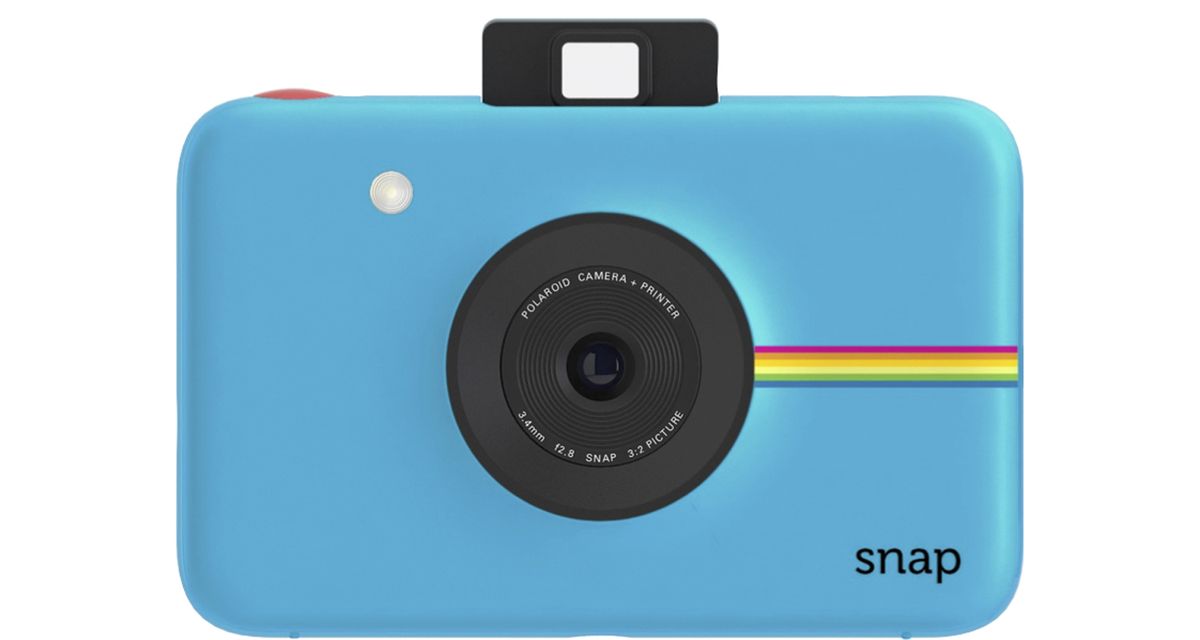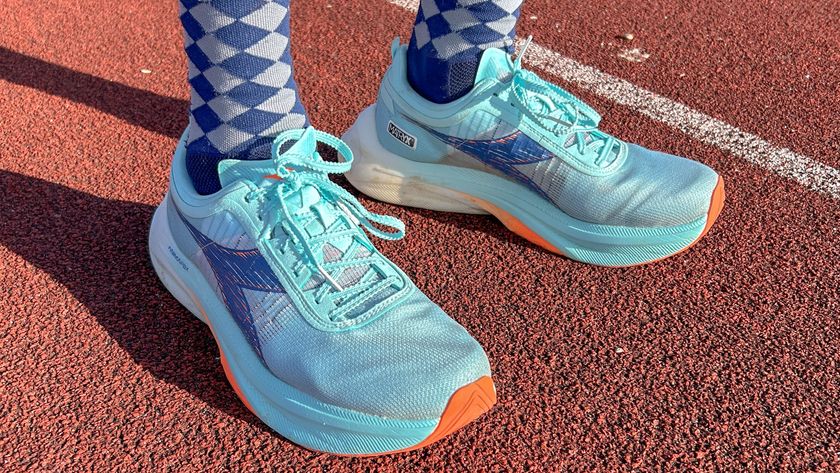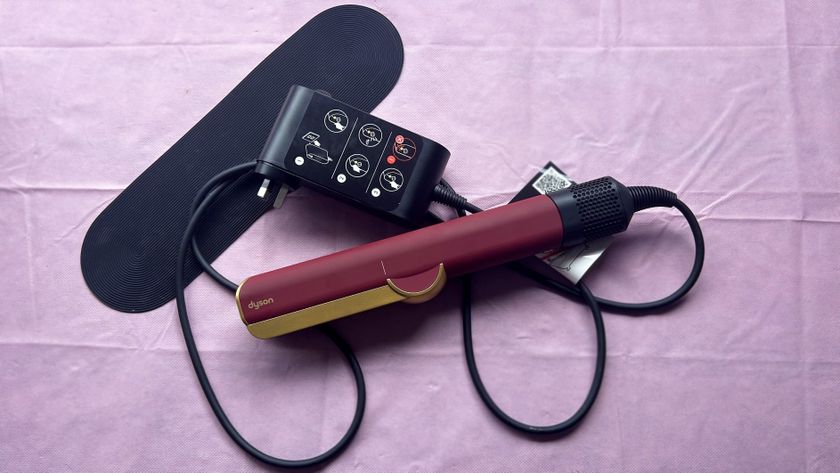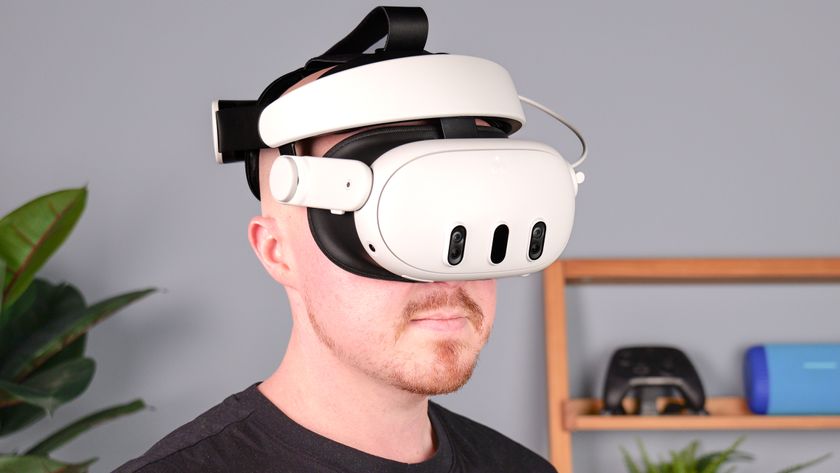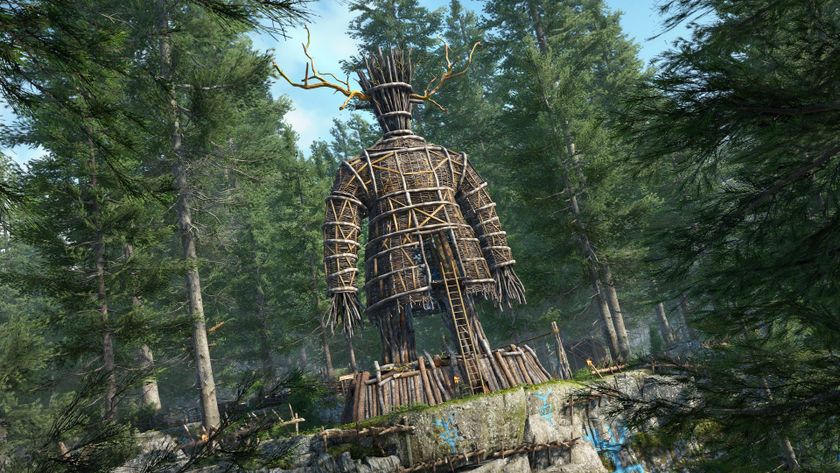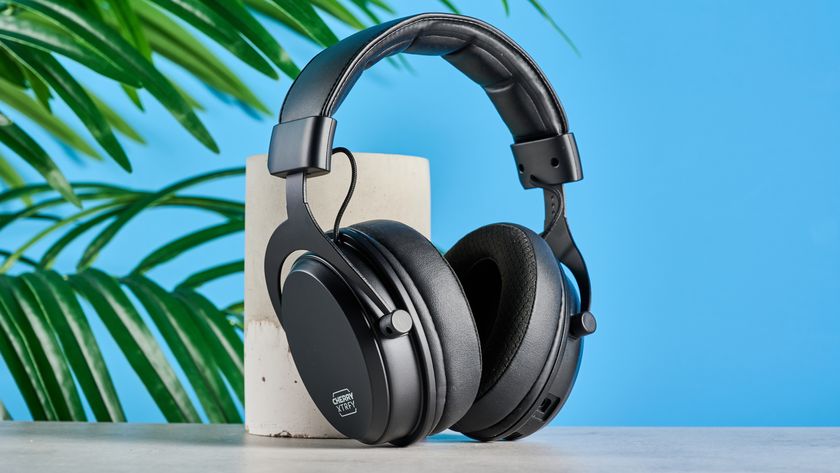Tom's Guide Verdict
Given its minimal controls, the cute Polaroid Snap is a breeze to use, and you get instant prints.
Pros
- +
Simple to use
- +
Creates digital files and instant prints
- +
Rechargeable battery
Cons
- -
Poor low-light performance
- -
Weak flash
Why you can trust Tom's Guide
For those of an older generation, Polaroid instant cameras provided the first experience with photography: Take a picture, and then anxiously wait for the print to develop right in front of your eyes. This sort of instant gratification has been reimagined with the Polaroid Snap, a 10-MP shooter with a built-in Zink printer that spits out a 3 x 2-inch hard copy of your image right after it's snapped. The camera saves a digital file for posterity, too. Available in a handful of colors, the Snap will appeal to kids who want a fun camera to use to take and share photos. For these reasons, it's one of the best point-and-shoot cameras you can get for less than $100.
Design
The Polaroid Snap's rectangular, plastic body measures approximately 4.8 x 3 x 1.1 inches and weighs about 14 ounces. It should fit nicely into all but the tiniest tyke's hands. Because this device consists of hard plastic that can withstand minor bumps, it's probably best to use the bundled wrist strap, to help prevent yourself from accidentally dropping the camera.
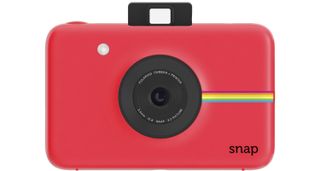
Designed for the ultimate in simplicity, the camera has very few controls. It powers on when you extend the pop-up viewfinder and shuts off when you push the viewfinder down. Along the top, you'll find the large shutter button, a self-timer button, an option to add a white border to prints, and a circular button for choosing color or special effects.
The left side features a microSD card slot and a micro USB port for charging and transferring images. There's enough internal memory to capture and print a single 5-megapixel image, but you'll need a microSD card if you want to store anything more. (It's compatible with cards up to 32GB.) A tripod mount is included on the bottom of the camera body, and a tiny flash is located on the front.

A locking door on the rear of the Snap holds up to 10 sheets of special Zink paper for instant prints. These prints automatically slide out from a slot on the right side of the camera. Above the door, a trio of lights indicates the status of the battery, paper and microSD card.
There's no zoom. Instead, the camera has a fixed, 25mm (approximate), f/2.8 wide-angle lens. A nice touch is a magnetic lens cap that won't fall off under regular use but can easily be removed when the little one wants to snap some pictures.
MORE: Camera Recommendations for All Kinds of Photographers
Features
The Snap has a minimal array of features, but the built-in printer gives the camera extra appeal. When paper is loaded, a print is made of each photo you take and the digital file is saved to the microSD card. That way, you have the best of both worlds. The downside is that there's no option to print only select photos; every photo will print if there's paper in the camera. I was able to unload the paper when I didn't want prints and reload it later, but it takes a little patience to put the paper back.
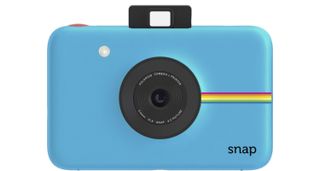
Print options include a photo-booth layout of four images (hold the shutter down for 3 seconds and it will capture four images at 4-second intervals). The digital images are saved individually. You can also opt to have a white border on the prints.
A 20-sheet pack of film costs $10, while an 80-sheet pack cost $25 (there's no cost savings when buying multipacks), but the Snap film is about 10 cents a shot less expensive than Fuji instax mini 70 film.
The Snap has a minimal array of features, but the built-in printer gives the camera extra appeal.
For both print and digital, the Snap can record in color, black and white, or sepia. A self-timer is available as well.
Performance
The shutter button on the Snap is not as responsive as, say, the Fuji instax mini 70, but once a beep sounds to indicate the image has been captured, the 3 x 2-inch print emerges immediately.
To activate the tiny flash on the camera, you need to press the shutter button for a fraction of a second longer than usual. But once you see a continuous light, the flash fires a bright burst soon thereafter. It’s a little tricky but is an important feature to master.
The flash is not very powerful, though, and images tend to be underexposed and unevenly lit in very low light, as you can see from the image below.

In good light, the Snap produces accurate colors that are well-saturated. Images from the Snap are brighter and more vivid than those of the paler instax mini 70 in both digital and prints. It's best to keep the images on the small side when viewing digital files; the lens isn't the sharpest, which is evident when blowing images up to full size on the computer. But they look fine for posting online and making small prints, either from the in-camera printer or an ink-jet printer.
The pop-up optical viewfinder is great for distant shots but is a little off for close-ups, so leave plenty of room around your subject to make sure you get the shot you want.
I tried to get a close-up shot of this kachina doll's head, but the framing didn't match up.
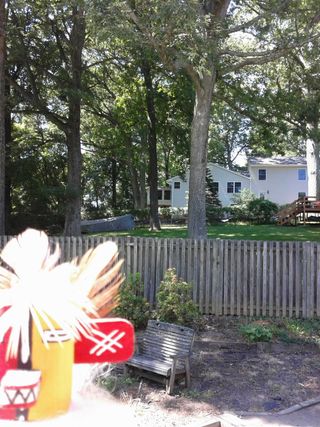
And although the doll was framed perfectly when I stepped back, the lens is so fast (f/2.7-2.8), there's very little depth of field. The background was in focus, but the close-up of the figure was not.

However, the camera is great for landscapes and wide shots, as seen here, demonstrating accurate focus and exposure.

The Snap accurately captured bright colors from these fairy-tale characters and playhouses under both overcast and sunny skies.


Without the flash, the camera's automatic exposure is prone to slow shutter speeds in low light, which may result in blurry images.
MORE: Top-Rated Waterproof and Rugged Cameras
Battery Life
A fully charged battery on the Snap can last for a few days of sporadic shooting. The battery is integrated into the camera and can't be replaced, so if you're at the playground, you can't run to get AAs to restore power.
Bottom Line
For kids, and many of us adults, taking pictures is all about fun and creating memories to keep and share. The Polaroid Snap, with its minimal controls, lets users do just that, with the added attraction of having both digital and instant-printing capabilities. Overall, it's a great camera for teaching children the basics of digital photography, with a little retro fun and instant gratification added in.
Theano Nikitas is a freelance journalist and photographer. She's been writing about photography for more than 20 years, contributing countless reviews of cameras, lenses, accessories and software packages to Tom's Guide. Her work has also appeared in dozens of other magazines and websites, including CNET, DPreview, PopPhoto, Professional Photographer and Shutterbug.
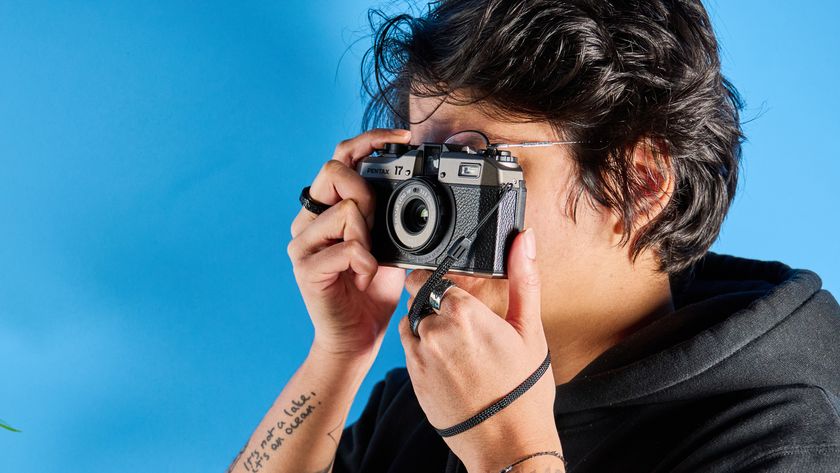
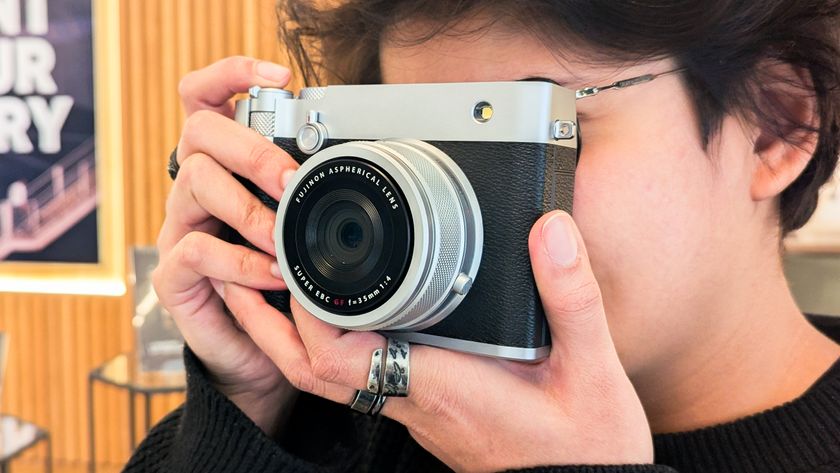
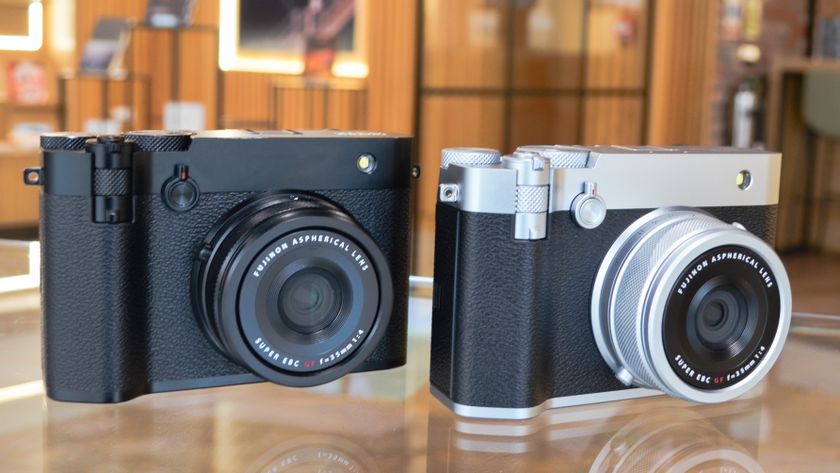
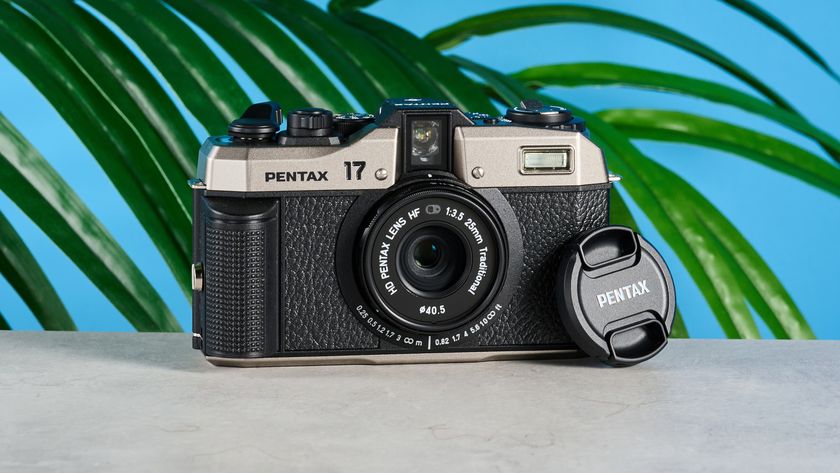
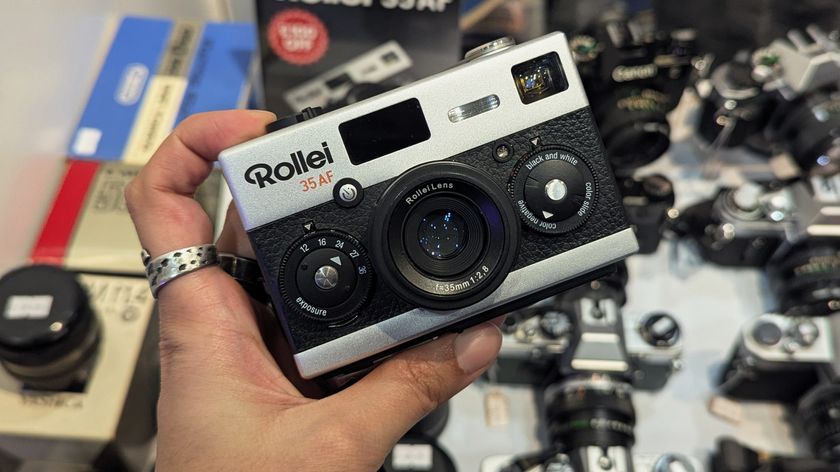
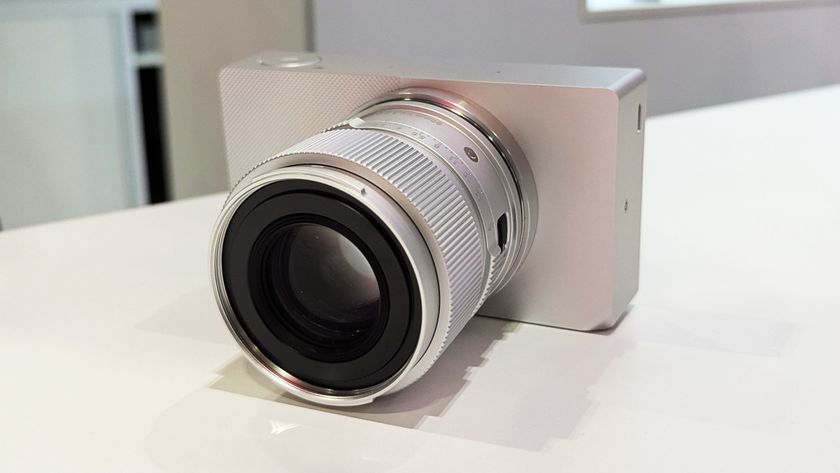
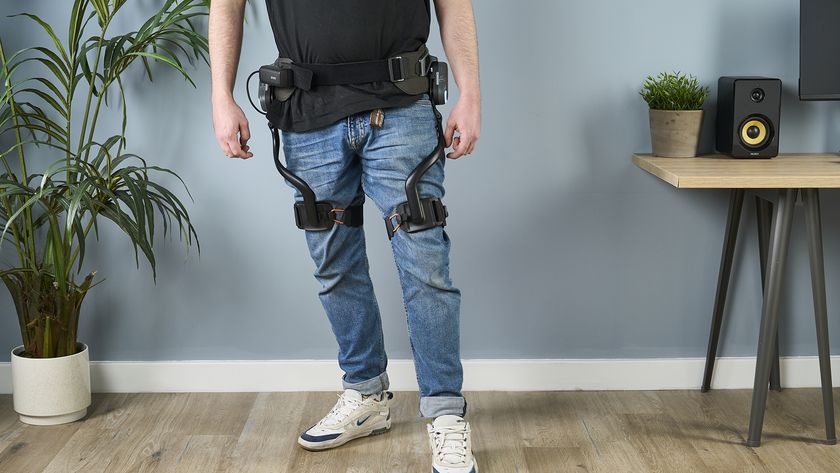
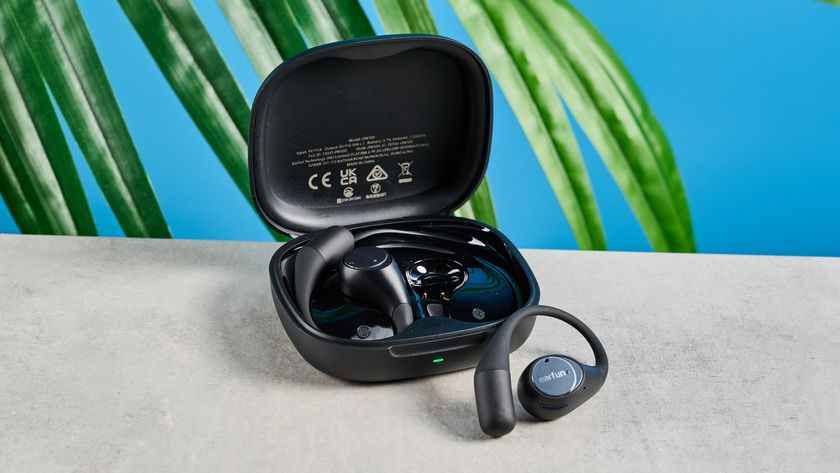
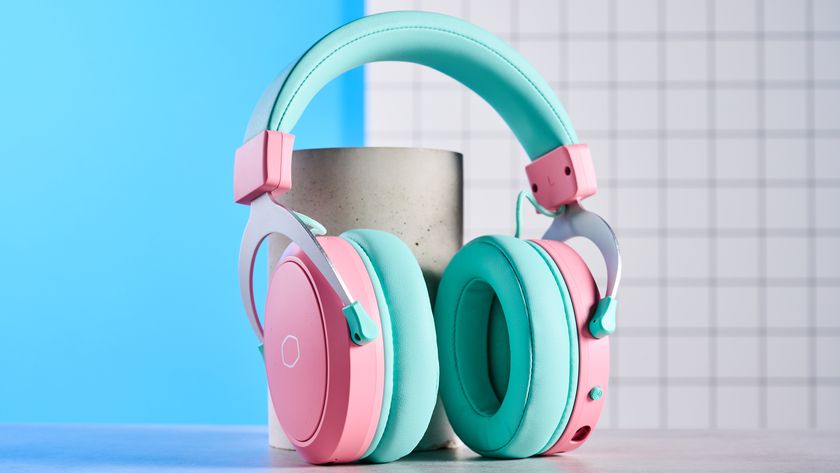
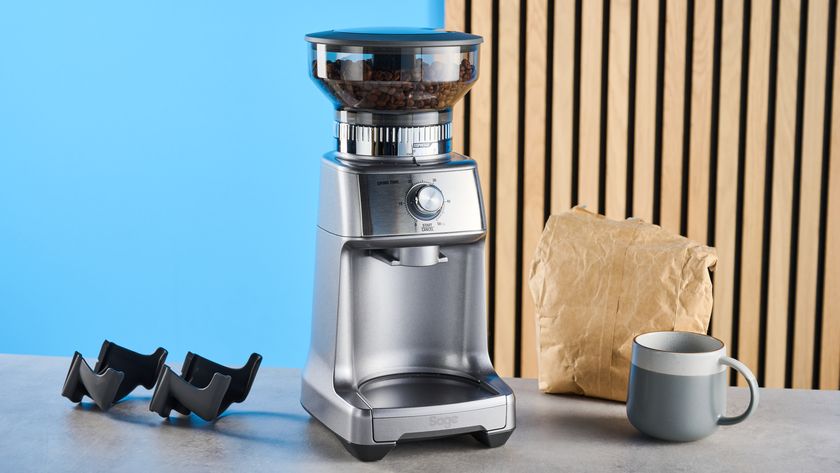
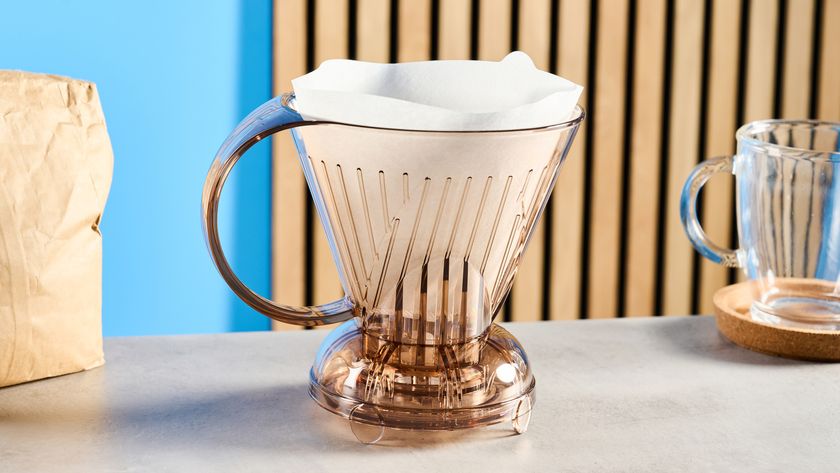
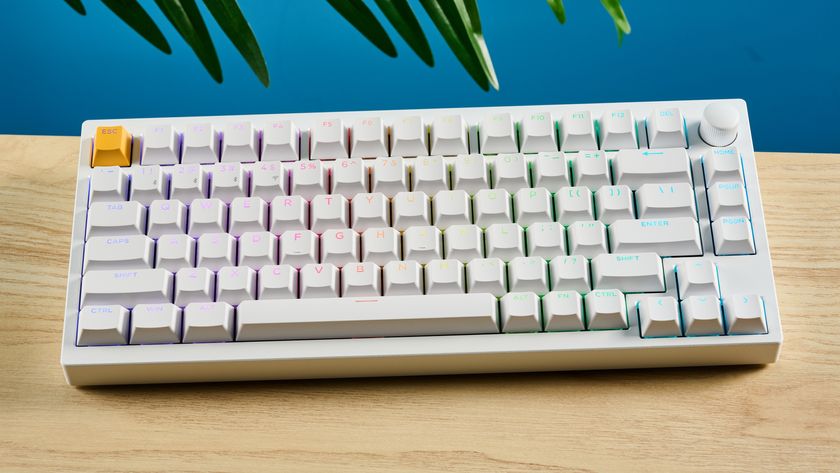
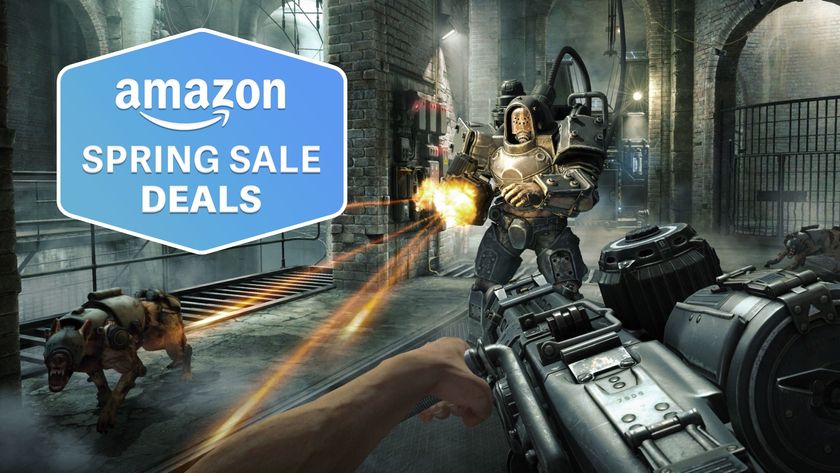
Amazon is giving away a ton of free games for its Big Spring Sale — here’s how to claim yours
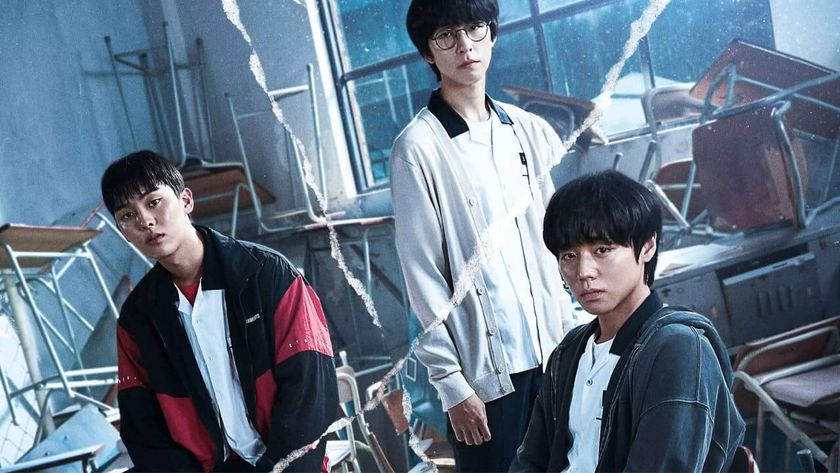
This action-packed K-drama is now streaming on Netflix — and now’s the time to binge-watch before season 2
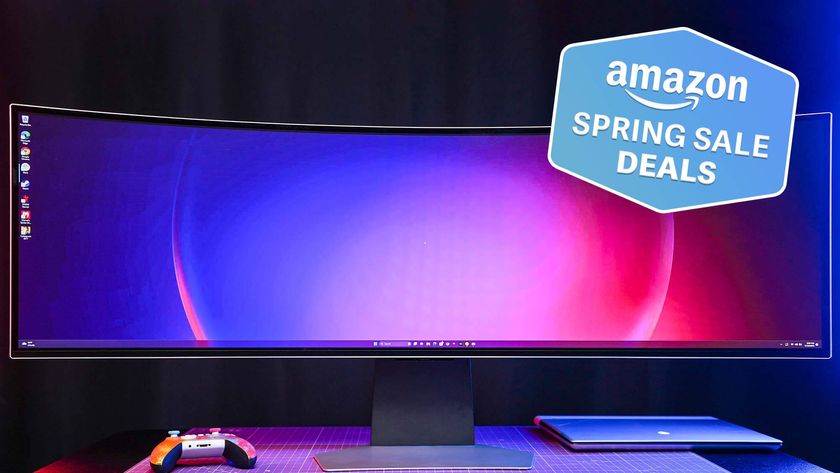
This epic 49-inch ultrawide OLED monitor just got a massive $650 price cut for Amazon's Big Spring Sale
